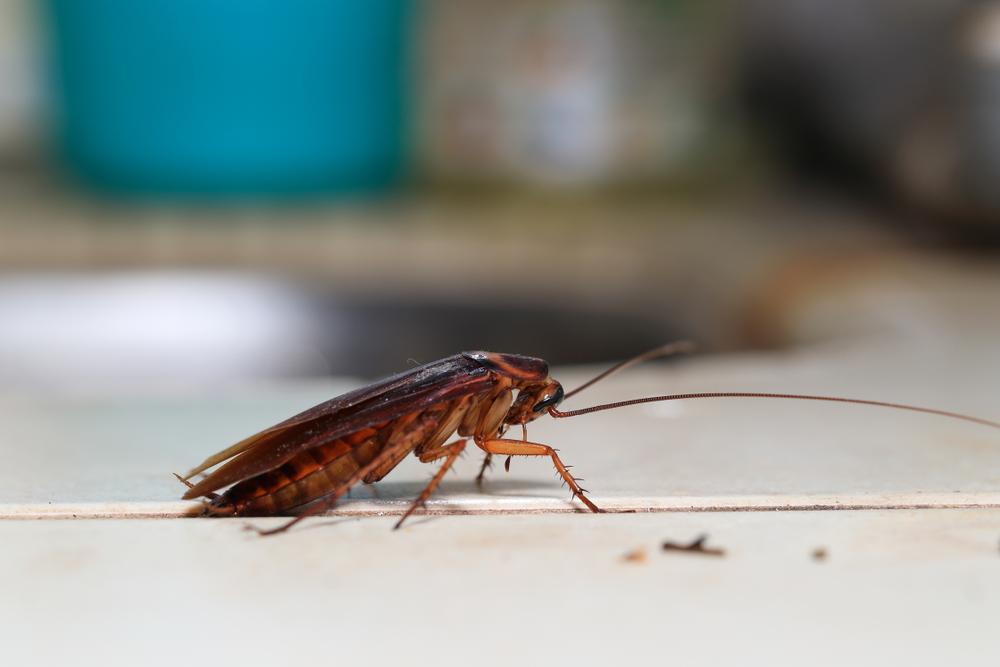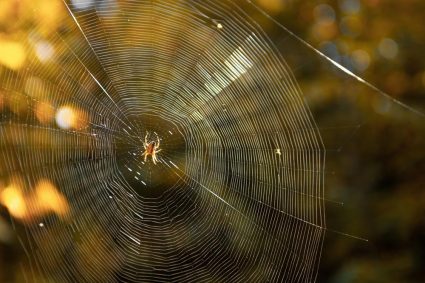
Roaches are notorious for their survival skills and adaptability. They can live in a variety of environments, from the dirtiest sewers to the cleanest homes. But have you ever wondered why roaches go on the ceiling? Let’s dive into the reasons behind this behavior and explore effective ways to address it.
Roaches go on the ceiling because it provides a dark, undisturbed area for them to hide and move without being easily detected. Their specialized legs with small hooked claws allow them to grip onto surfaces and climb. Certain environmental conditions like high temperatures, humidity, and the presence of food sources can also encourage roaches to move to the ceiling. However, not all species of roaches are adept climbers.
Why Roaches Climb to the Ceiling
Roaches climb to the ceiling for several reasons. They are attracted to dark, undisturbed areas where they can freely explore while still having an easy escape route. The ceiling provides an ideal hiding spot for them, allowing them to move without being easily detected.
Cockroaches have specialized legs with small hooked claws. This unique anatomy enables them to grip onto various surfaces, making it possible for them to climb walls and ceilings. Additionally, their ability to rapidly invert their bodies from the top of a surface to its underside in a split second makes ceilings an attractive location.
Roaches Prone to Climbing Ceilings
Not all roaches are equal climbers. The German cockroach, for example, is the most adept at scaling vertical surfaces. They have tiny, sharp claws at the ends of their legs that allow them to grip and climb various surfaces, including walls and ceilings. The American cockroach is also a skilled climber, often coming out of sewers and other damp environments. Other climbing cockroaches include the Australian cockroach, wood roach, and brown-banded cockroach.
On the other hand, the Oriental cockroach is less likely to climb walls and ceilings because it lacks specialized pads on its feet. This species prefers the floor and avoids climbing surfaces.
Environmental Conditions that Encourage Roaches to Go on the Ceiling
Certain environmental conditions can encourage roaches to move to the ceiling. Cockroaches, particularly the American variety, prefer temperatures above 82°F and humid conditions. They are generally attracted to damp, dark spaces, which may be indoors or outdoors. They prefer moist conditions and are commonly found in overly humid areas of the home, such as basements, crawlspaces, and laundry rooms.
Additionally, the presence of food sources, such as crumbs, spills, and unwashed dishes, can attract roaches. Therefore, maintaining cleanliness, reducing moisture and food sources, and sealing any cracks or openings that may allow them to enter the building can help deter roaches from climbing to the ceiling.
Unique Behaviors of Roaches on the Ceiling
Cockroaches exhibit some unique behaviors while on the ceiling compared to on the ground or walls. Their ability to perform rapid inversion, swinging their bodies from the top of a surface to its underside in a split second, helps them evade humans and other predators. However, not all breeds of cockroach are adept climbers. For example, the Oriental cockroach lacks the powerful climbing claws of other species and prefers the floor, avoiding climbing walls and ceilings.
Implications for Homeowners and Pest Control
The presence of roaches on the ceiling can indicate several things. For one, it could signify an infestation, especially if multiple roaches are sighted consistently. If you spot a brown cockroach on your ceiling, it could indeed be a sign of an infestation.
To address the issue, you could use natural repellents, roach traps, and other DIY methods, or contact professional pest control if the infestation is severe. It is essential to maintain proper sanitation and hygiene practices to prevent future infestations.
Health Risks of Having Roaches on the Ceiling
Cockroaches can pose several health risks. They can spread diseases, pathogens, bacteria, and germs, contaminating surfaces, food, and utensils. Some of the diseases and infections they can transmit include diarrhea, cholera, typhoid fever, leprosy, dysentery, plague, and poliomyelitis.
Cockroaches can also trigger allergies and asthma attacks. Their saliva, feces, and shed body parts contain allergens that can cause allergic reactions when inhaled or come into contact with the skin.
Effective Methods to Prevent or Treat Roaches That Favor the Ceiling
To prevent or treat roaches that favor the ceiling, consider the following methods:
- Identify and seal hiding spots
- Improve sanitation
- Eliminate moisture
- Use anti-roach spray
- Apply home remedies
- Use glue strips
- Seal gaps and cracks
- Dispose of newspapers and cardboard boxes
- Fix leaks right away
- Call a professional
By understanding why roaches go on the ceiling, you can take effective measures to prevent infestations and protect your home from these pesky invaders.
Frequently Asked Questions
What are some natural home remedies to deter roaches?
Some natural home remedies include using essential oils like peppermint or eucalyptus, diatomaceous earth, baking soda and sugar bait, or boric acid. Remember to use these remedies strategically in areas where roaches are likely to frequent.
How can I identify a roach infestation?
Common signs of a roach infestation include seeing live or dead roaches, finding roach droppings or egg cases, noticing a musty odor, or spotting smears and stains in areas where roaches travel or hide.
How fast do roaches multiply?
Roaches multiply quickly. A female roach can produce an egg case, known as an ootheca, containing up to 50 eggs at a time. The eggs can hatch within a few weeks, depending on the species and environmental conditions.
Can roaches fly to the ceiling?
Yes, some species of roaches, like the American and Australian cockroaches, can fly. However, they typically climb to the ceiling using their hooked claws.
Can roaches survive without food and water?
Roaches can survive for about a month without food but only a week without water. This is why they are often found in damp areas of the home.












